Ashley Piercing: Everything You Should Know!
This unique, edgy lip piercing is taking the world by storm.
On Apr 22, 2023 – 11 minutes read
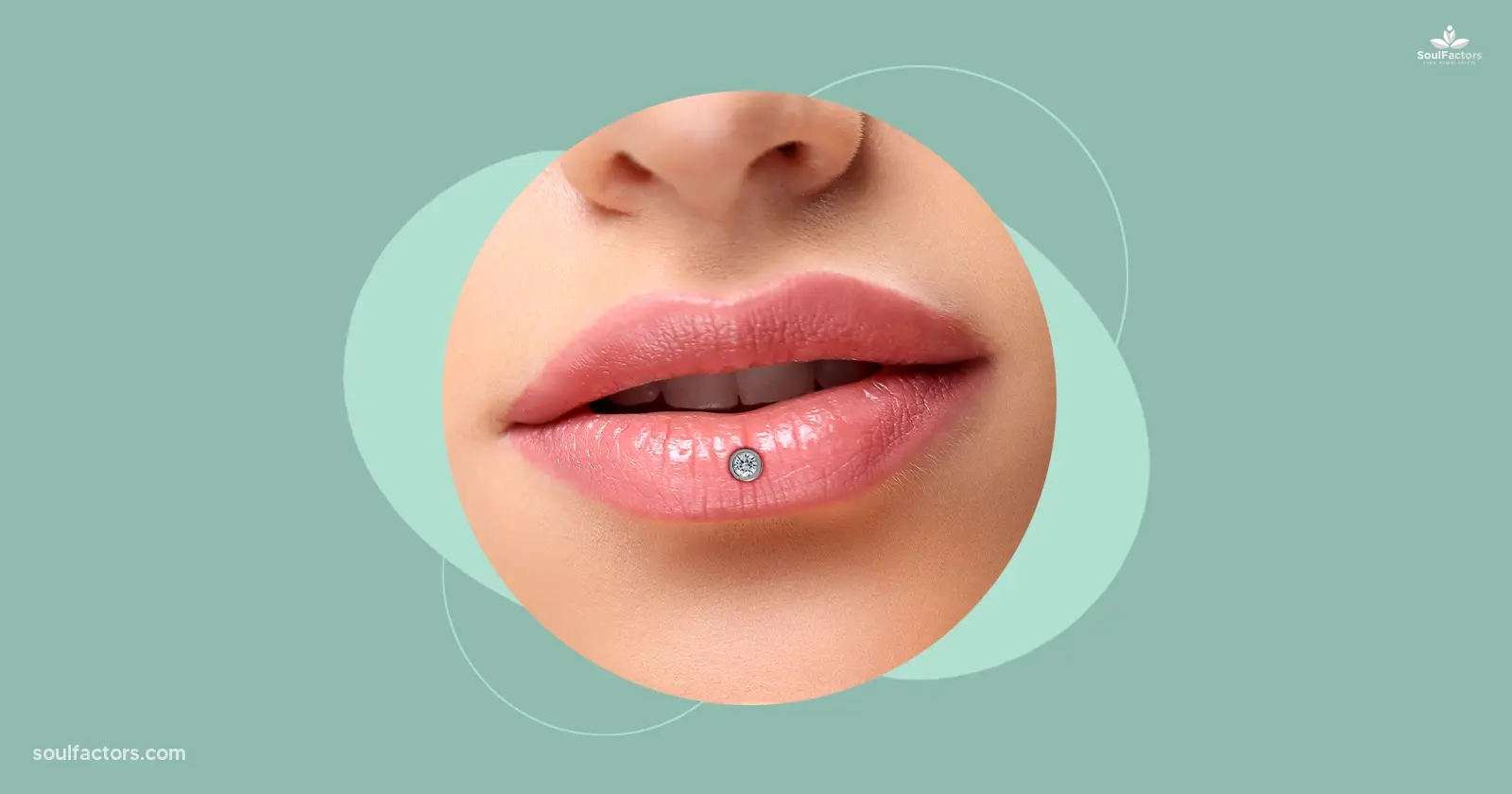
An Ashley piercing is a type of lip piercing that goes through the center of the lower lip, exiting at the back of the mouth. It is typically done with a labret stud and can be adorned with various types of jewelry. The Ashley piercing, also known as the inverse vertical labret, has become a popular form of lip piercing in recent years. Its name comes from the first person to have the piercing, Ashley, who received it from Elayne Angel, a renowned piercer in the body modification community.
Meaning & History Of Ashley’s Piercing
While the Ashley piercing is relatively new, lip piercings have been around for centuries. In some cultures, lip piercings were seen as a symbol of wealth or social status. In ancient Aztec culture, for example, lip piercings were worn by men and women to symbolize courage and strength.
The Ashley piercing, specifically, was first performed in the early 2000s. Its unique placement and aesthetic appeal quickly gained popularity in the body modification community. The piercing is done by inserting a needle through the center of the lower lip, exiting at the back of the mouth. A labret stud, which consists of a flat disk on the inside of the lip and a decorative ball or other ornaments on the outside, is then inserted into the piercing.
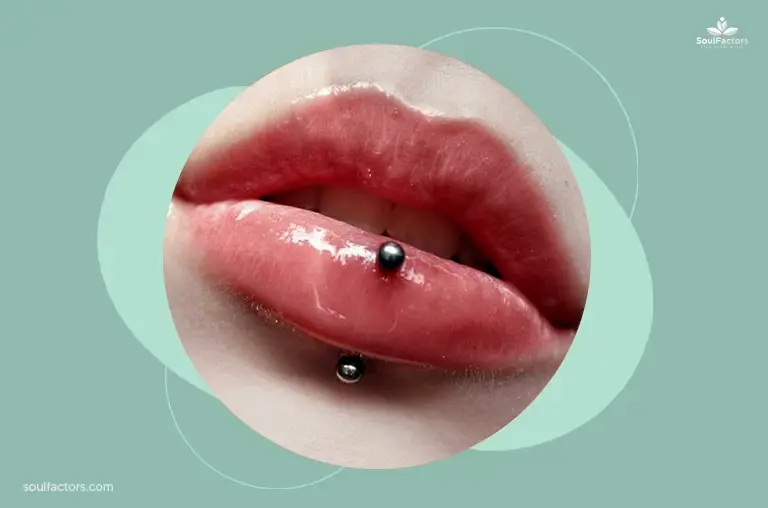
While lip piercings, including the Ashley piercing, have become more mainstream in recent years, it is essential to note that any piercing carries risks. These risks include infection, scarring, and rejection of the jewelry. As with any body modification, it is important to carefully research the procedure and aftercare before getting a piercing.
Why It’s Become Popular In Recent Years
The Ashley piercing has become increasingly popular in recent years, particularly among young adults and those interested in body modification. One reason for its popularity is its unique placement, which allows for a more subtle and discreet look compared to other types of lip piercings.
According to a survey conducted by the American Academy of Facial Plastic and Reconstructive Surgery, lip piercings are one of the top five most popular facial piercings. The survey found that lip piercings, including the Ashley piercing, were most popular among millennials, with over 40% of respondents under the age of 30 having had or currently having a lip piercing. In addition to its aesthetic appeal, the Ashley piercing has become popular due to its versatility. The jewelry used in the piercing can range from simple studs to more elaborate and ornate designs, allowing individuals to express their style through their piercing. Apart from snake bite piercing this piercing trend has been also worn by many famous people.
Furthermore, social media has played a significant role in the popularity of the Ashley piercing. Many influencers and celebrities, such as Bella Hadid and Kendall Jenner, have been seen sporting lip piercings on their social media platforms, which can influence others to follow suit.
Procedure For Ashley piercing
Tips & Before Care
Before getting an Ashley piercing, it is important to properly prepare and take care of your body to reduce the risk of complications. Here are some tips for before care:
- Choose a reputable piercer who uses sterile equipment and follows proper hygiene practices.
- Avoid consuming alcohol or drugs before the procedure, as this can increase the risk of bleeding and interfere with the healing process.
- Maintain good oral hygiene by brushing your teeth and tongue before the procedure.
- Avoid eating or drinking anything for a few hours before the procedure to prevent nausea or vomiting.
- You may take ibuprofen or another non-steroidal anti-inflammatory drug (NSAID) before the procedure to reduce pain and swelling.
- Make sure to get plenty of rest and stay hydrated before the procedure.
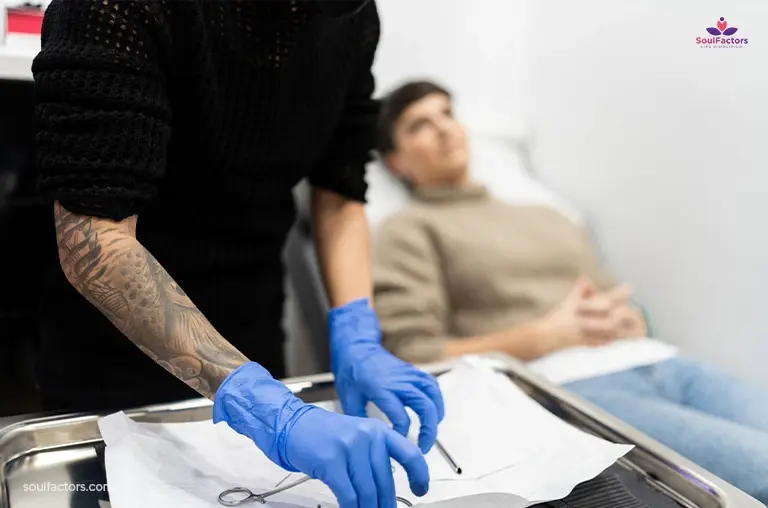
Remember to consult with your piercer for any specific instructions or recommendations.
Piercing Process
The Ashley piercing process typically involves the following steps:
- The piercer will clean and mark the area where the piercing will be placed.
- The piercer will then use a sterilized needle to create a hole in the center of the lower lip, exiting at the back of the mouth.
- A labret stud will be inserted into the piercing, consisting of a flat disk inside the lip and a decorative ball or other ornaments outside.
- The piercer will provide aftercare instructions and recommend cleaning solutions to prevent infection and promote healing.
The entire process usually takes only a few minutes to complete, but the healing process can take several weeks to several months.
Pain Level And Aftercare Instructions
Aftercare is a critical aspect of any piercing to minimize the risk of complications such as infection, scarring, or jewelry rejection. Here are some important aftercare instructions for an Ashley piercing:
- Clean the piercing with a saline solution or recommended cleaning solution twice a day.
- Avoid touching the piercing with dirty hands or saliva to prevent infection.
- Avoid smoking or using tobacco products(1), as they can delay healing and increase the risk of infection.
- Avoid spicy or acidic foods that can irritate the piercing.
- Use a mouthwash recommended by the piercer to rinse your mouth after meals and before bed.
- Take over-the-counter pain relievers like ibuprofen if needed.
An Ashley piercing’s healing duration might range from weeks to months. Follow aftercare instructions and don’t touch the piercing or change jewelry. The technique causes mild to severe pain for most people. Individual pain tolerance and piercing placement may cause more pain or sensitivity. Infection symptoms like discomfort, redness, and discharge require prompt medical intervention.
Jewelry Options For Ashley Piercing
Types Of Jewelry
Ashley piercings can be customized with a variety of jewelry types and styles. Some common options include:
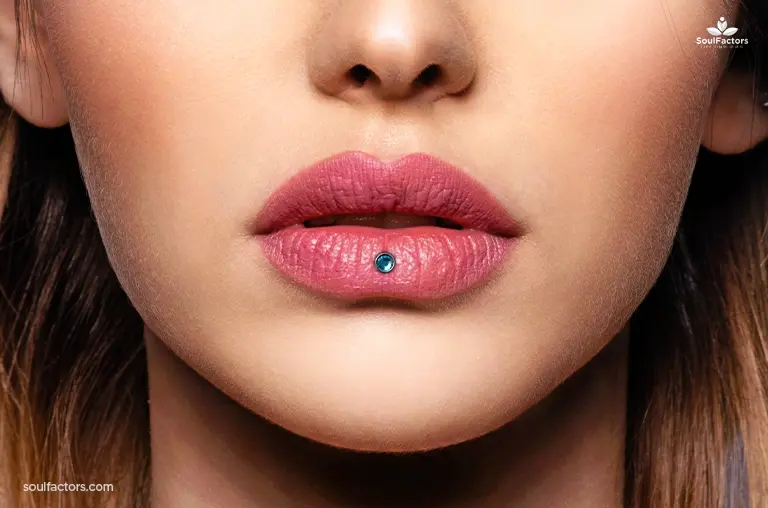
- Labret studs: These are the most popular and widely used jewelry type for Ashley piercings. They consist of a flat disk on the inside of the lip and a decorative ball or another ornament on the outside.
- Rings: Rings are also a popular choice for Ashley piercings. They can be circular, horseshoe-shaped, or even have unique designs.
- Barbells: Barbells consist of a straight bar with a ball on each end and can be customized with different colors and materials.
- Captive bead rings: These are circular rings with a small bead or ball that fits into the opening to keep the ring in place.
- Dermal anchors: Dermal anchors are a type of jewelry that is embedded under the skin, with a decorative piece visible on the surface of the skin. They are less common for Ashley piercings but can be used for a more unique look.
It is crucial to choose jewelry made from high-quality materials, such as titanium or surgical steel, to reduce the risk of irritation, infection, or allergic reactions.
How To Choose The Right Jewelry?
Choosing the right jewelry for an Ashley piercing can be a personal preference, but there are some factors you might want to consider. Here are some tips:
- Material: Choose jewelry made from high-quality materials, such as titanium or surgical steel, to reduce the risk of irritation, infection, or allergic reactions.
- Size: Select jewelry that’s appropriate for the size of your lip and the piercing placement. It should fit comfortably without causing pressure or irritation.
- Style: Consider the style and design of the jewelry, whether you prefer a simple stud or a more elaborate design. You should keep in mind that certain styles may be more prone to snagging or catching on clothing or other objects.
- Functionality: If you participate in activities that may affect your jewelry, such as sports or playing musical instruments, choose jewelry that is secure and unlikely to move or fall out.
How To Clean And Maintain The Jewelry?
Proper cleaning and maintenance of Ashley piercing jewelry prevents infection and prolong the life of the jewelry. Here are some tips:
- Clean the jewelry with a saline solution or recommended cleaning solution twice a day.
- Avoid using harsh chemicals or abrasive materials that can damage the jewelry.
- Gently remove any build-up or debris from the jewelry with a soft cloth or cotton swab.
- Rinse the jewelry thoroughly with clean water and pat dry.
- Store the jewelry in a clean and dry container when not in use.
It is also suggested to have your jewelry checked by a professional piercer periodically to ensure it is in good condition and fitting.
Healing Process For Ashley Piercing
Timeline For Healing
The healing time for an Ashley piercing can vary depending on the individual and the level of aftercare. Generally, it takes around 8-12 weeks for the initial healing process. However, it may take up to 6 months to fully heal.
Aftercare includes cleaning the piercing and avoiding activities that may irritate it. Playing with jewelry or handling the piercing with unwashed hands might introduce bacteria and prolong recovery.
It is normal to experience some swelling, redness, and tenderness during the healing process. If you experience severe pain, excessive bleeding, or signs of infection such as pus or fever, seek medical attention immediately.
What To Expect During The Healing Process
During the healing process of an Ashley piercing, it is normal to experience some swelling, redness, tenderness, and discomfort. You may also notice some bleeding or discharge during the first few days. However, if the bleeding is excessive or the discharge is yellow or green, it may indicate an infection and should be checked by a professional.
As the piercing heals, you may also notice some crust or scab formation around the jewelry. It is important to avoid picking or removing these as they are a natural part of the healing process. Remember to follow proper aftercare instructions to ensure a smooth and healthy healing process.
Risks And Considerations For Ashley Piercing
Like any piercing, an Ashley piercing does carry some risks. Here are some of the potential risks associated with this type of piercing:
- Infection: Any piercing carries a risk of disease, particularly if proper aftercare is not followed. Signs of infection may include redness, swelling, pus, or fever.
- Rejection or Migration: Sometimes the body can reject the piercing or the jewelry, which can cause the piercing to migrate or move. This can lead to scarring or damage to surrounding tissues.
- Damage to Teeth or Gums: The jewelry used in an Ashley piercing can come into contact with the teeth and gums, which can cause damage or erosion over time. It is important to choose appropriate jewelry and be mindful of the placement of the piercing.(2)
- Allergic Reactions: Some individuals may have an allergic reaction to the metal used in the jewelry. This can cause redness, itching, or a rash around the piercing.
- Nerve Damage: There is a small risk of nerve damage during the piercing process, which can cause numbness or altered sensation in the surrounding area.
Who Should Not Get An Ashley Piercing
While an Ashley piercing is generally considered safe for most individuals, some groups of people may want to avoid this type of piercing. Here are some individuals who should not get an Ashley piercing:
- Pregnant or breastfeeding women: Piercings should generally be avoided during pregnancy or while breastfeeding due to the risk of infection and other complications.
- Individuals with bleeding disorders: People with bleeding disorders such as hemophilia may be at an increased risk of bleeding and should avoid any invasive procedures such as piercings.
- Those with oral health issues: If you have gum disease, tooth decay, or other oral health issues, getting an Ashley piercing can exacerbate these conditions and may not be recommended.
- History of keloid scarring: If you have a history of keloid scarring, which is an overgrowth of scar tissue, you may be at a higher risk of developing complications from a piercing.
You should consult with a reputable piercer and your healthcare provider before getting a piercing to ensure it is safe and appropriate for your circumstances.
Considerations Before Getting An Ashley Piercing
Before getting an Ashley piercing, make sure you have a reputable piercer. You should know the potential risks and complications, know the aftercare requirements, and ensure that the piercing is appropriate for your circumstances. You should have realistic expectations about the healing process and the final appearance of the piercing. Taking the time to do research and prepare properly can help you ensure a safe and successful piercing experience.
Benefits And Drawbacks Of The Piercing
Benefits of the Ashley piercing include its unique and eye-catching appearance, as well as the ability to choose from a wide range of jewelry options. For individuals who enjoy body modification and self-expression, the Ashley piercing can be a fun and exciting addition to their overall look.
However, there are also several drawbacks to consider before getting an Ashley piercing. One of the biggest risks is the potential for infection, which can cause pain, swelling, and other complications. The piercing can also cause damage to teeth and gums over time if not properly cared for. Additionally, the piercing may not be appropriate for everyone, particularly individuals with certain medical conditions or who are pregnant or breastfeeding.
Overall, your decision to get an Ashley piercing should be made carefully and with consideration of the potential risks and benefits.
Conclusion
Overall, the Ashley piercing is a bold and distinctive piercing that can be a fun and unique addition to one’s style. However, like any piercing, you should approach the decision to get an Ashley piercing with caution and consideration of the potential risks and drawbacks. Finding a reputable piercer, following proper aftercare instructions, and being aware of the potential complications are all important steps in ensuring a safe and successful piercing experience. With proper care and attention, an Ashley piercing can be a beautiful and enjoyable addition to your overall look.

Subscribe to Newsletter
Elevate your routine, stay on trend, and embrace a personalized beauty journey with our curated insights.

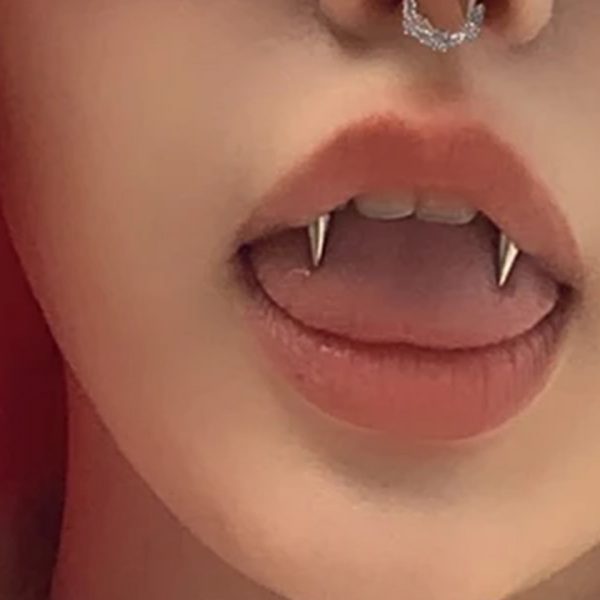
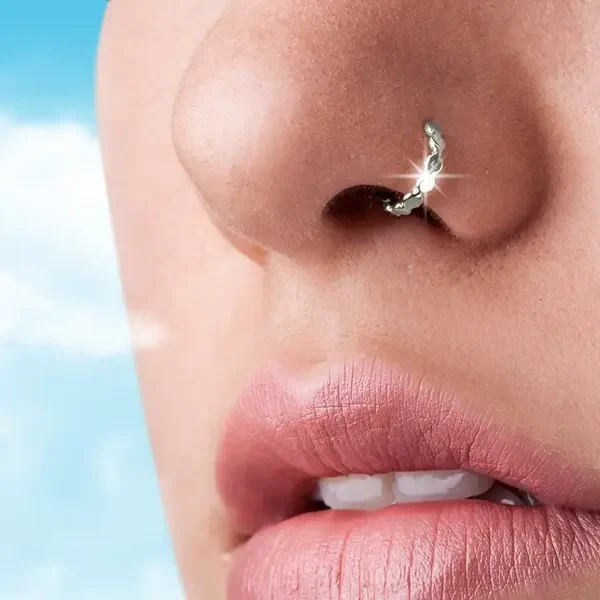

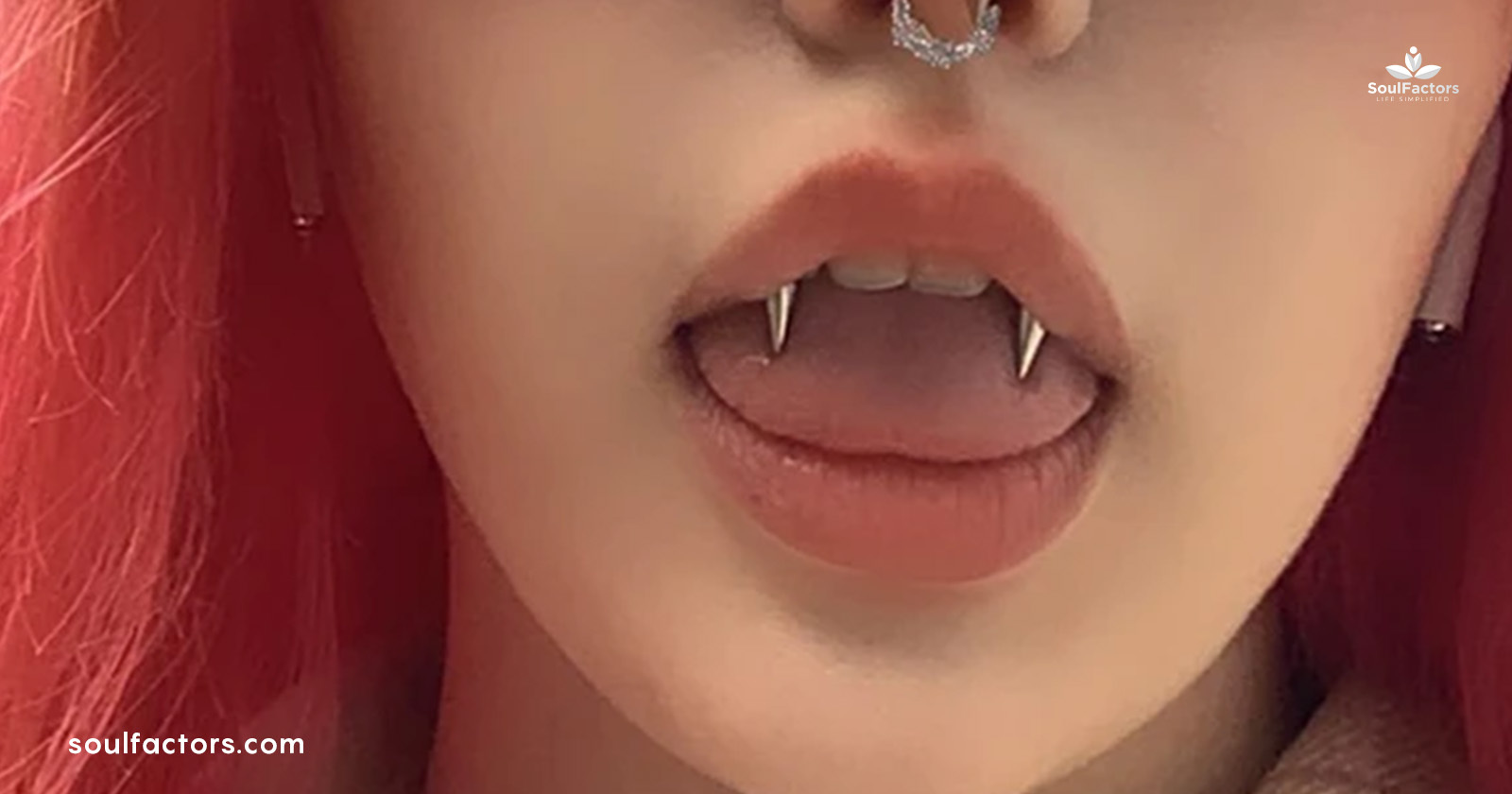
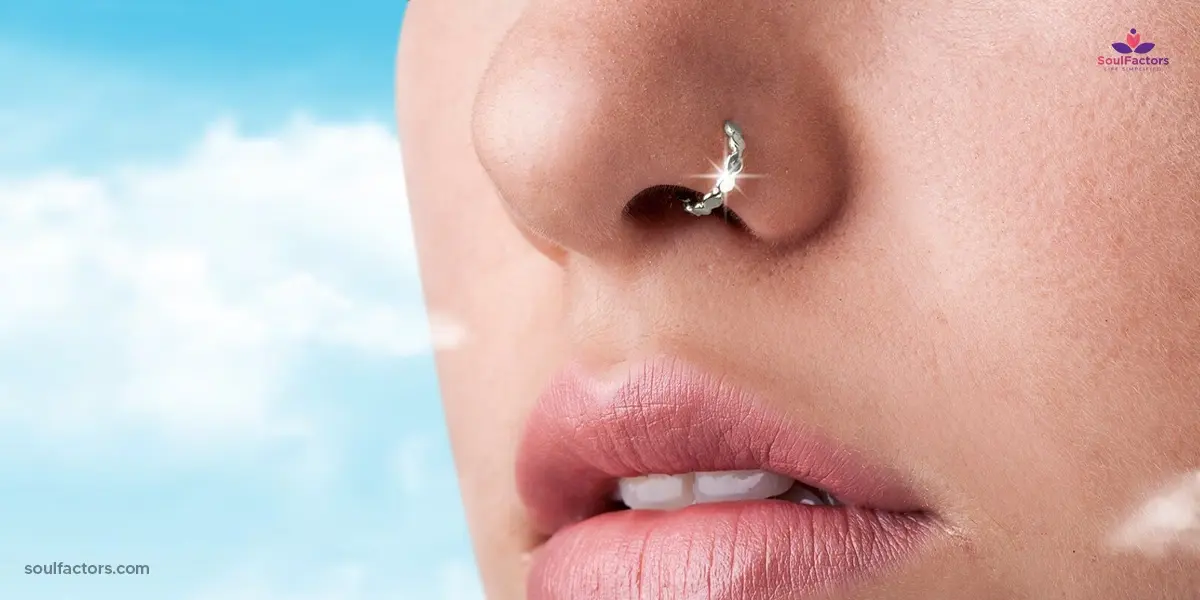
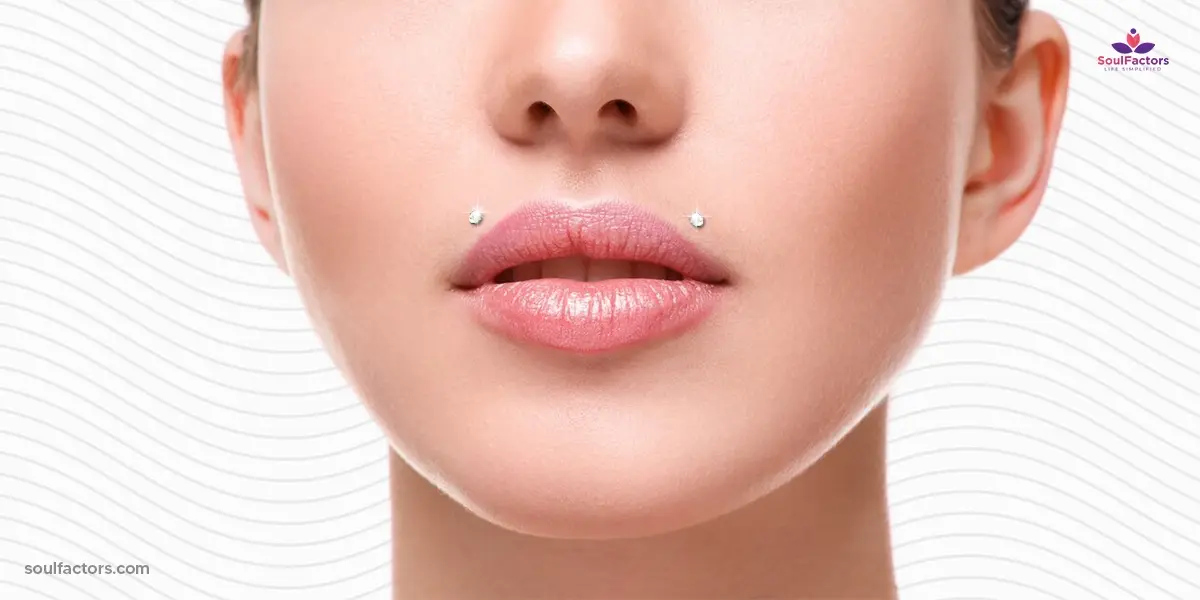
Write a Comment